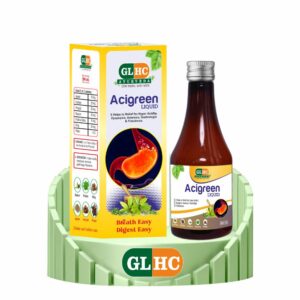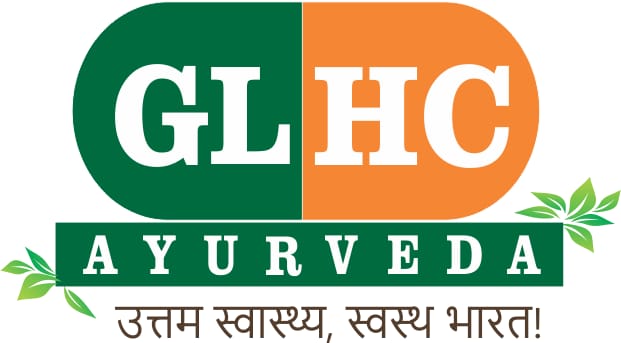Table of Contents
ToggleAmla-Pitta/Hyper Acidity- Harmonizing Digestion
विरुद्धदुष्टाम्लविदाहिपित्तप्रकोपिपानान्नभुजो विदग्धम् | पित्तं स्वहेतूपचितं पुरा यत्तदम्लपित्तं प्रवदन्ति सन्तः ||१|| Madhavnidan
Amla Pitta, an ancient concept from Ayurveda, offers a unique and natural approach to managing hyperacidity. Hyperacidity, also known as acid reflux or acid indigestion, is a common gastrointestinal issue characterized by an excess production of stomach acid. This condition can lead to discomfort, heartburn, and other digestive disturbances.
Amla Pitta is a concept rooted in Ayurveda, the ancient Indian system of medicine. According to Ayurveda, the human body consists of three doshas – Vata, Pitta, and Kapha – which represent different elemental combinations. Amla Pitta primarily relates to the imbalance of the Pitta dosha, which governs digestion and metabolism.
Hyperacidity occurs when the stomach produces an excessive amount of gastric acid, leading to an imbalance in the digestive system. Factors such as spicy foods, stress, irregular eating habits, and certain medications can contribute to this condition. Persistent hyperacidity can lead to more severe issues like gastroesophageal reflux disease (GERD) if not addressed.
Causes of Hyperacidity:
Dietary Factors:
- Consumption of spicy, greasy, or acidic foods.
- Irregular eating habits and excessive intake of caffeine or alcohol.
Lifestyle Choices:
- High-stress levels, leading to increased secretion of stomach acid. stress triggers the release of hormones like cortisol, stimulating the production of gastric acid. Chronic stress can disrupt the delicate balance of the digestive system, exacerbating hyperacidity.
- Lack of physical activity and sedentary lifestyles.
Medical Conditions:

- Gastroesophageal reflux disease (GERD).
- Peptic ulcers or Helicobacter pylori infection.
Medications:
- Prolonged use of non-steroidal anti-inflammatory drugs (NSAIDs).
- Certain medications that stimulate acid production.
Physiology of Hyperacidity:
Ayurveda views hyperacidity through the lens of the three doshas—Vata, Pitta, and Kapha—each representing a unique combination of elements. Hyperacidity is often associated with an aggravated Pitta dosha, governed by the elements of fire and water. According to Ayurvedic principles, an imbalance in Pitta disrupts the digestive fire (Agni), leading to increased acid secretion and compromised digestion.
The stomach’s acidic environment is essential for the breakdown of food and the activation of digestive enzymes. However, an imbalance in acid production can lead to hyperacidity. When the lower esophageal sphincter (LES) fails to close properly, stomach acid can flow back into the esophagus, causing heartburn and irritation.
Ayurvedic Way for Managing Hyperacidity:
Dietary Guidelines:
- Emphasize cooling foods like cucumber, coconut, and aloe vera.
- Reduce intake of spicy, sour, and salty foods.
- Favoring well-cooked, easily digestible meals.
Herbal Remedies:
- Amla (Indian gooseberry) and licorice are known for their cooling properties.
- Triphala, a blend of three fruits, supports digestive health.
Lifestyle Modifications:

- Stress management through practices like meditation and yoga.
- Regular physical activity to enhance digestion.
Ayurvedic Formulations:
- Ayurvedic formulations Acigreen containing Ajwain,Hingu, haritaki, Pudina sat is one of the best combination for instant relief of acidity/ amla pitta, Heart burn , gases indigestion, bloating of abdomen and stomach pain.
